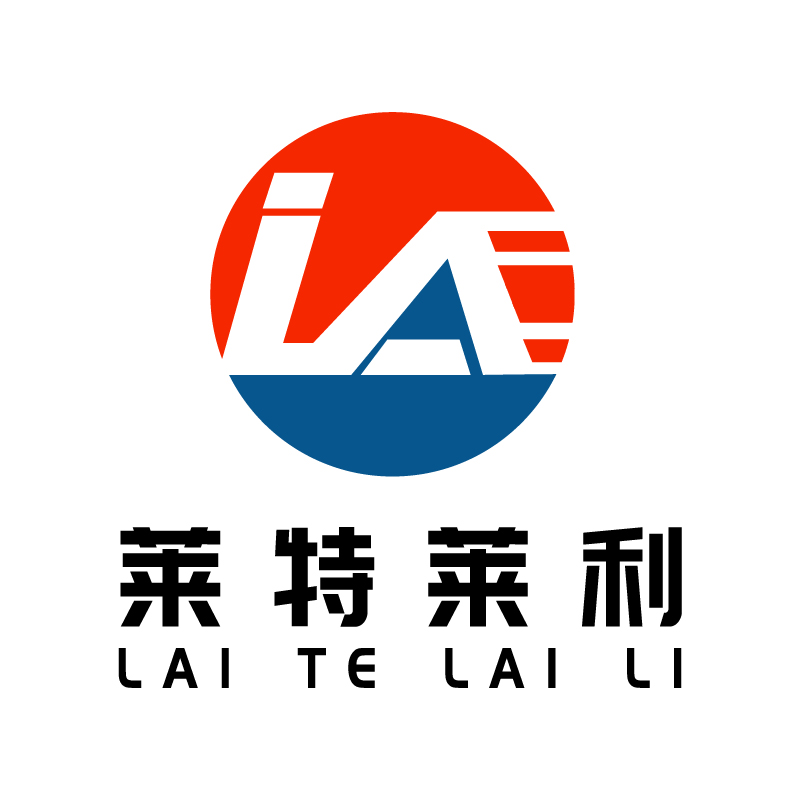What factors affect the price fluctuation of reinforced all-resin carbon strip?
The price fluctuation of reinforced all-resin carbon strip is affected by a variety of factors, which can be summarized as follows:
First, production cost factors
1.Raw material price: The main raw materials of the full resin carbon belt include resin and other chemical raw materials, and the price fluctuations of these raw materials will directly affect the production cost of the carbon belt. When the price of raw materials rises, the production cost of the carbon belt increases, which causes the market price to rise.
2.Production process and technology: The complexity of the production process and the level of technology will also affect the production cost of the carbon belt. Efficient and advanced production processes can reduce production costs, thereby stabilizing or reducing the market price of carbon belts to a certain extent.
Second, market demand and supply relationship
1.Market demand changes: With the increase in the demand for labels and barcodes in downstream industries such as logistics, retail, manufacturing, etc., the demand for enhanced all-resin carbon strips will also grow accordingly. When demand is high, the price of the carbon belt may rise; On the other hand, when the market demand is insufficient, the price may fall.
2.Supply capacity: The supply capacity of manufacturers is also an important factor affecting the price of carbon belts. When the supply capacity is insufficient, there may be a shortage of supply in the market, which drives up the price; When there is an oversupply, prices can fall.
Third, market competition
1.Industry competition pattern: The competitive pattern of the all-resin carbon belt industry will also affect its price level. If there are many manufacturers of comparable strength in the market, competition will be relatively fierce, and prices may be suppressed to a certain extent. On the other hand, if there are a few manufacturers with a monopoly position in the market, the price may be relatively high.
2.Brand and quality differences: Different brands and different quality of enhanced all-resin carbon strips will also have differences in price. Well-known brands and high-quality products tend to be more expensive because they have better performance and more reliable quality assurance.
Fourth, policy and environmental factors
1.Policy regulation: The government's policy regulation of environmental protection, safety production and other aspects will also have an impact on the price of all-resin carbon belt. For example, if the government strengthens environmental regulation of the chemical industry, it may increase the cost of manufacturers, thus driving up the price of carbon belt.
2.International trade environment: Changes in the international trade environment will also have an impact on the price of carbon belts. For example, exchange rate fluctuations, trade barriers and other factors can affect the cost and market price of imported carbon belts.
Fifth, other factors
1.Seasonal factors: In some industries, such as retail and logistics, there may be seasonal fluctuations in the demand for carbon belts. This seasonal change in demand can also lead to fluctuations in the price of the carbon belt.
2.Emergencies: such as natural disasters, epidemics and other emergencies may also have an impact on carbon belt prices. For example, a pandemic could cause supply chain disruptions, which could affect the production and supply of carbon belts, which in turn could drive up prices.
In summary, the price fluctuation of reinforced all-resin carbon strips is affected by a variety of factors, including production costs, market demand and supply relationships, market competition conditions, policy and environmental factors, and other contingencies. These factors interact and together determine the market price level of the carbon belt.



